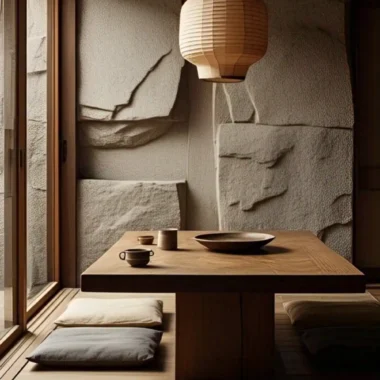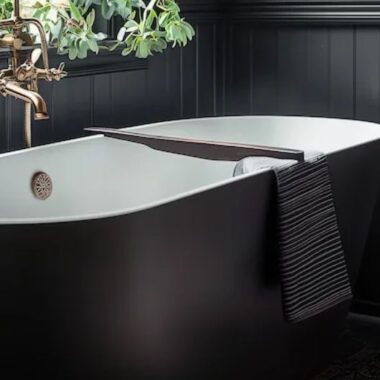In a world that moves fast and praises perfection, there’s something revolutionary about embracing imperfection. Enter: Wabi Sabi, a timeless Japanese philosophy that honors authenticity, natural wear, and the quiet beauty found in the ordinary. And where better to reflect this aesthetic than in the heart of your living room — your couch?
A Wabi Sabi couch is more than a place to sit. It’s a space to breathe, slow down, and reconnect with what matters. It’s comfort wrapped in simplicity — unpolished, unfussy, and deeply human. Whether you’re decorating from scratch or trying to bring warmth into your space, this guide explores how the humble Wabi Sabi couch can transform your living experience.


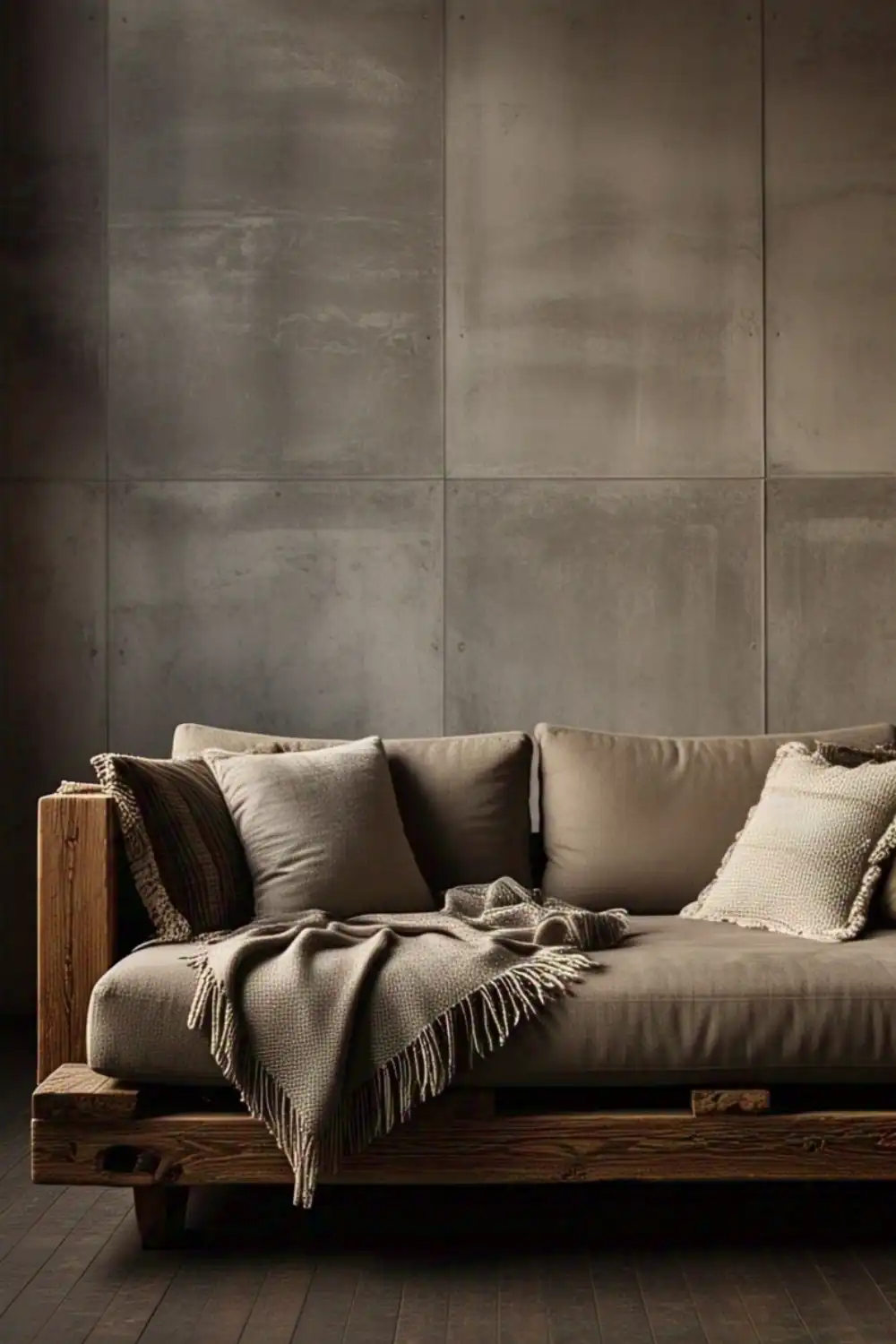
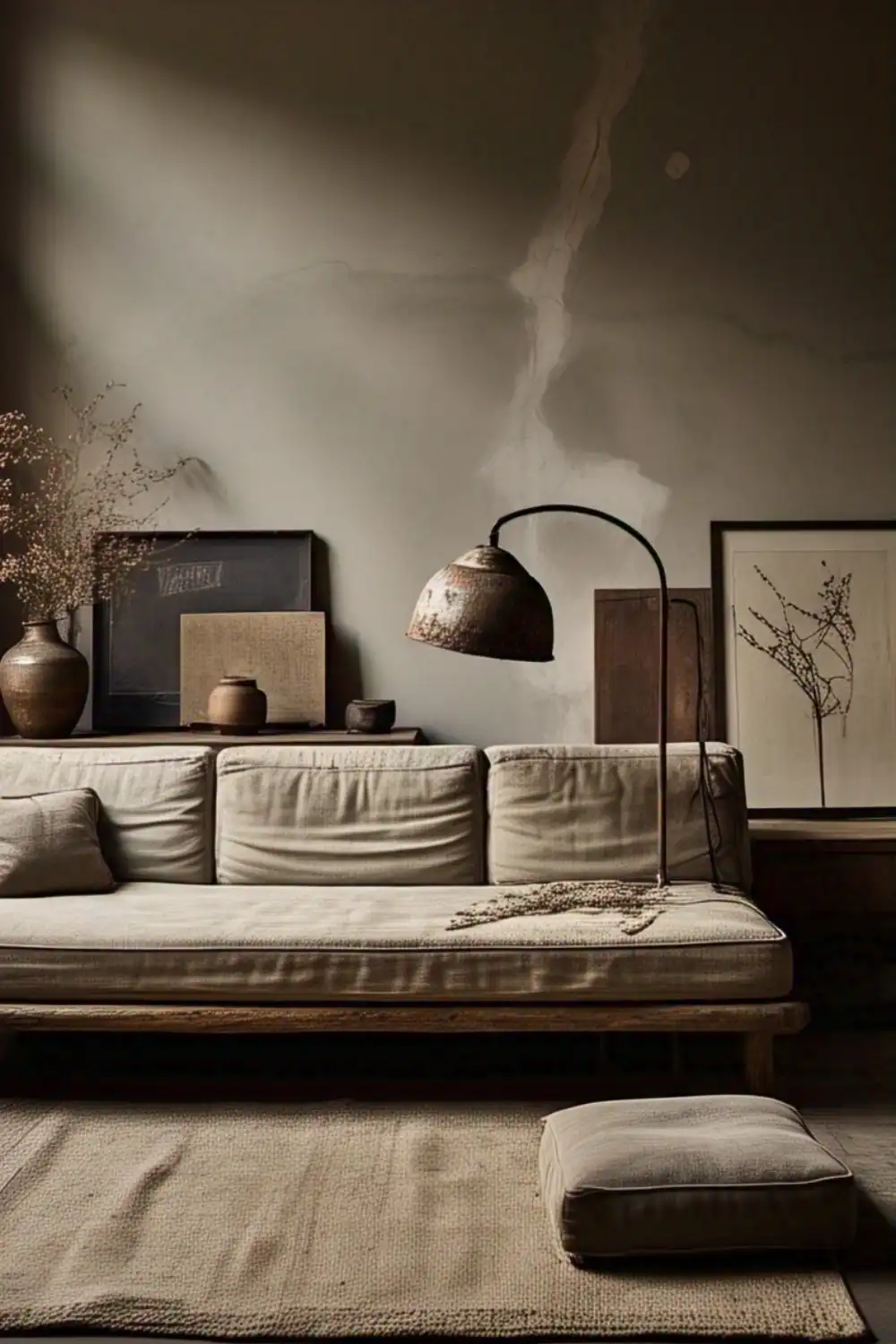

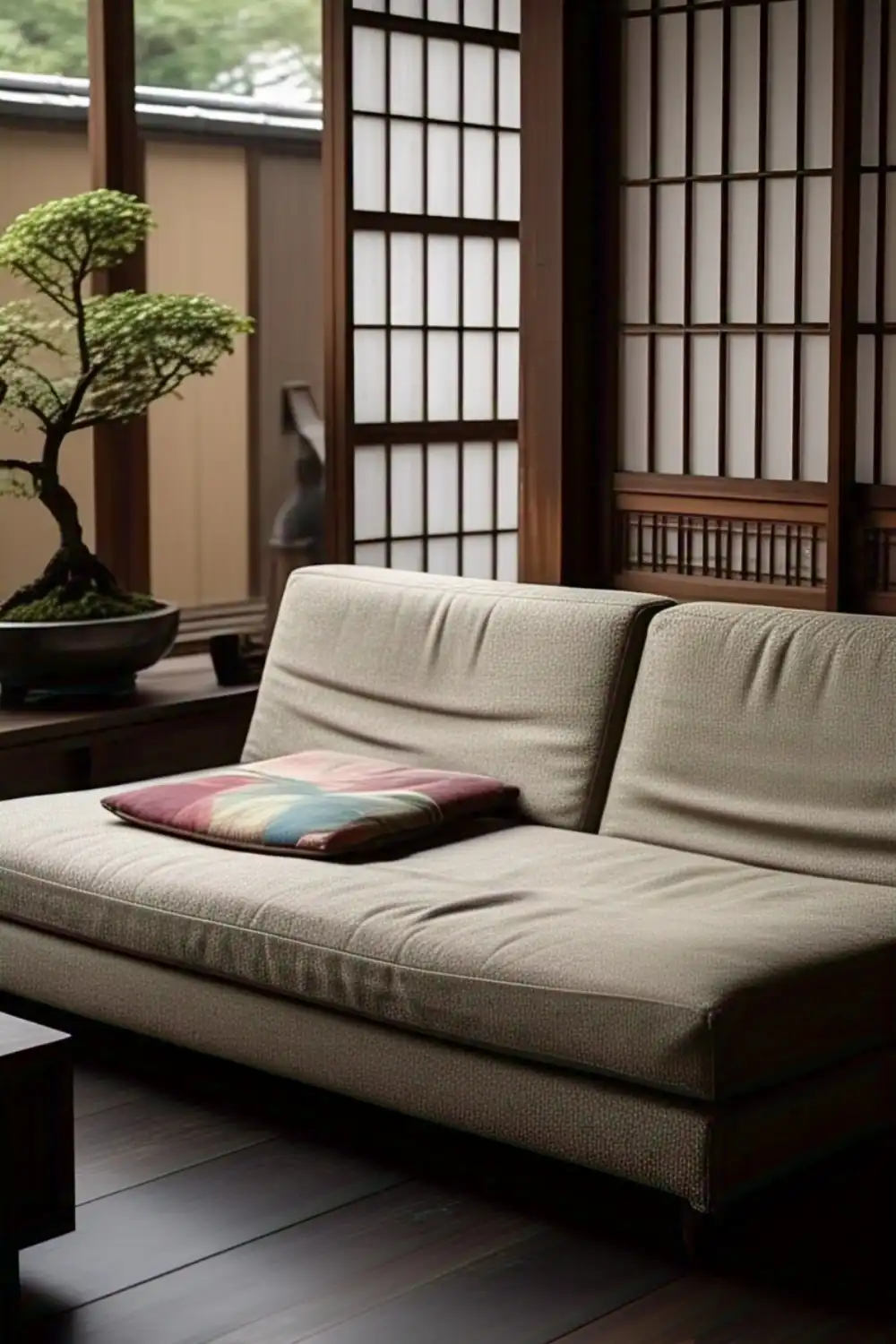

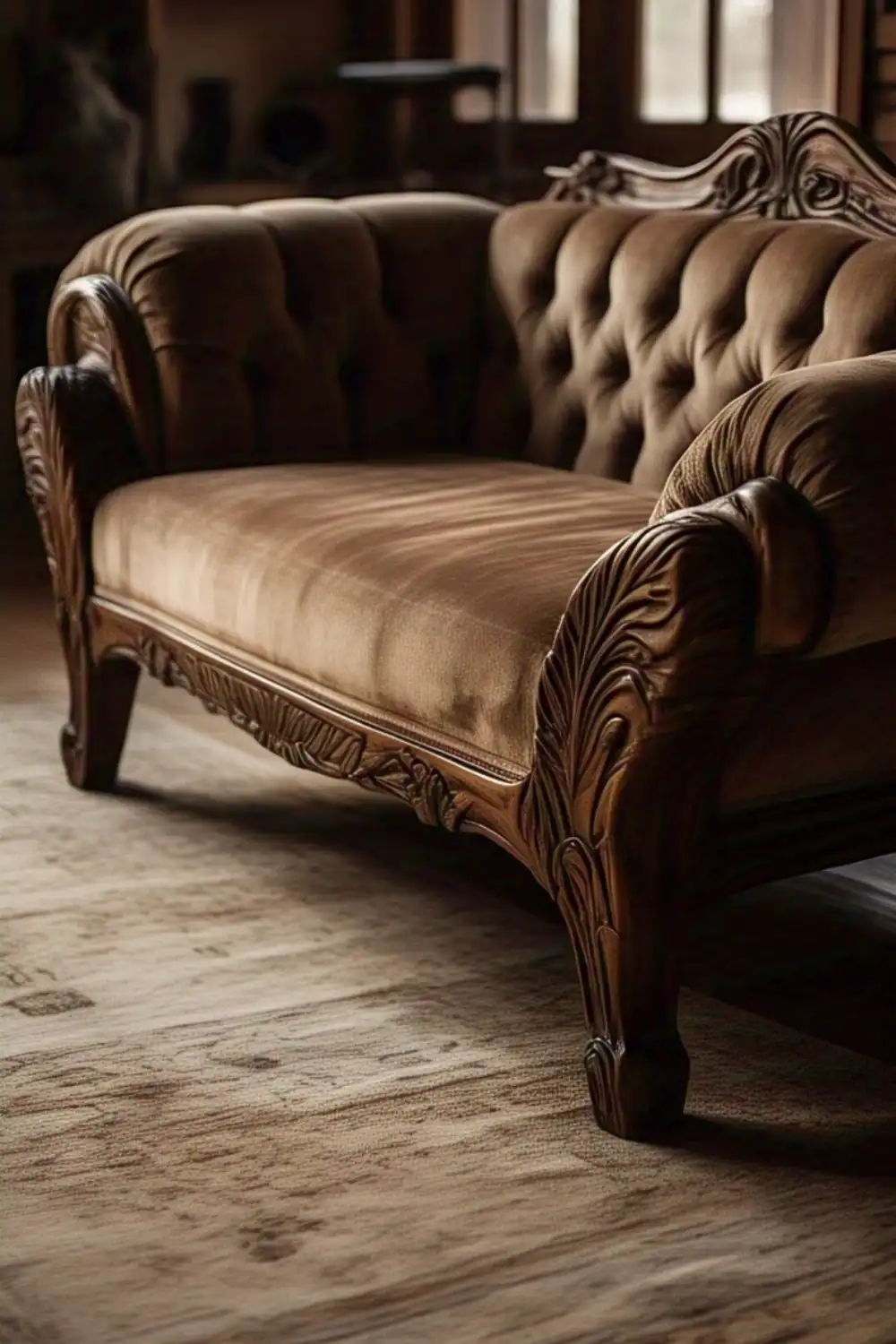
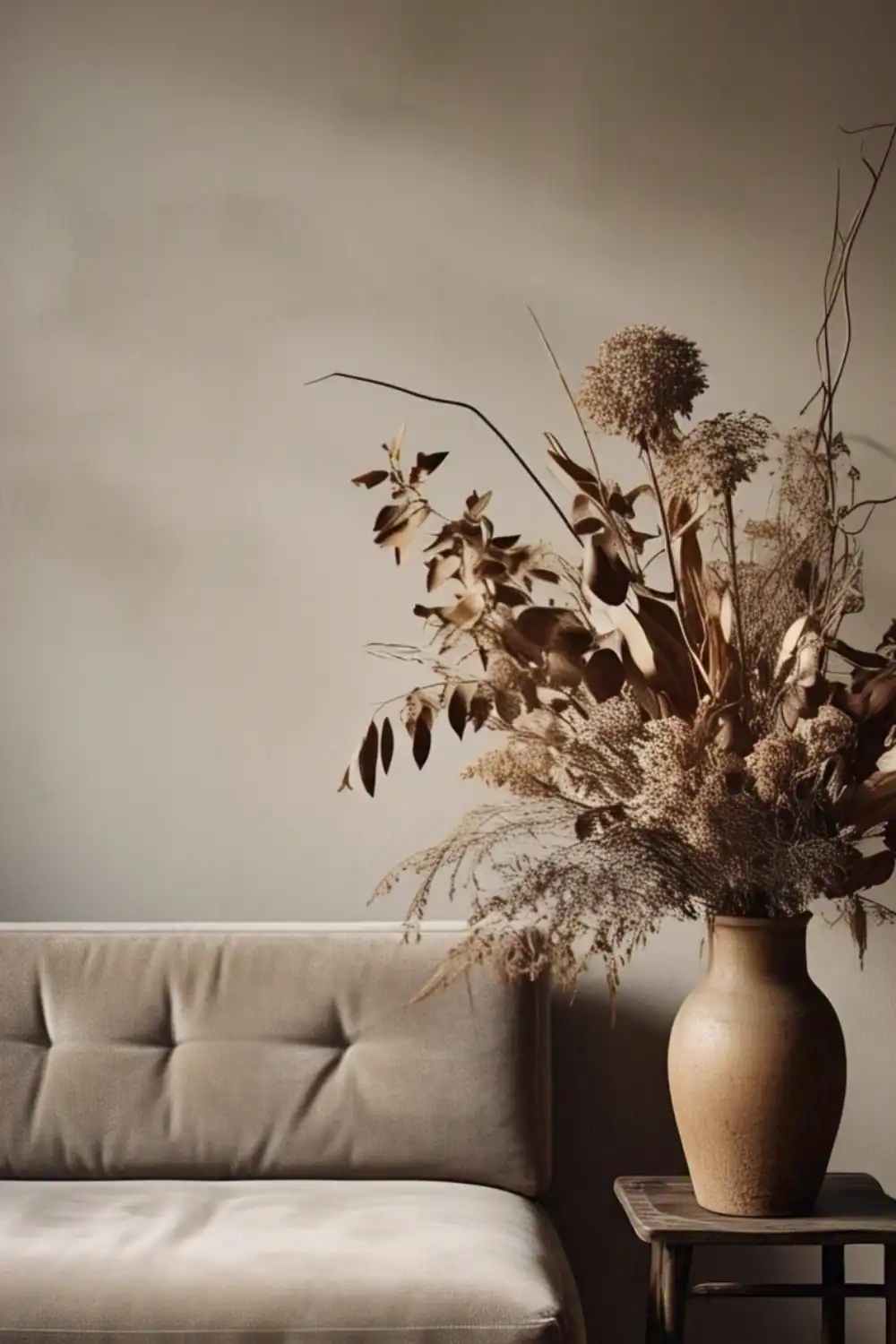

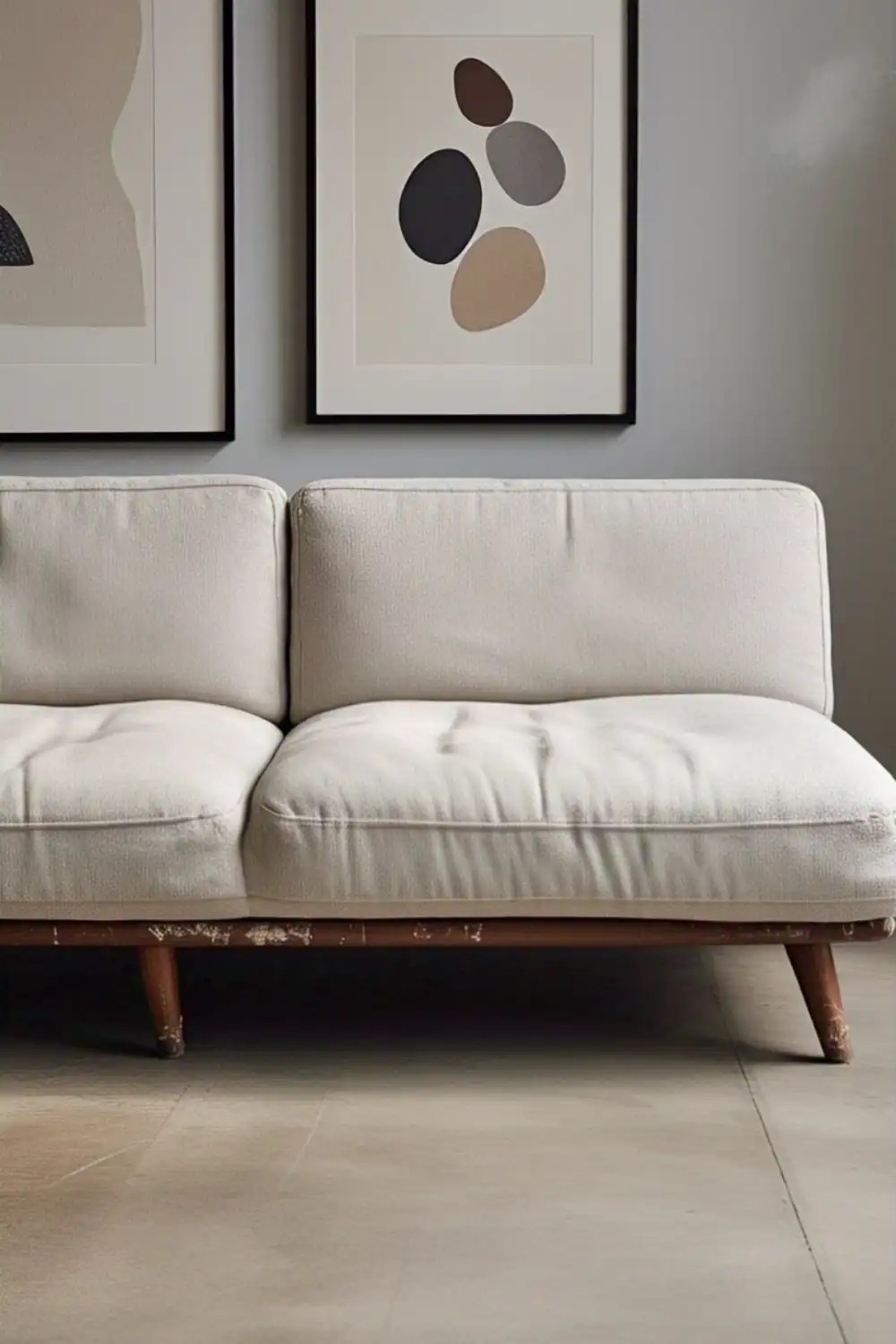
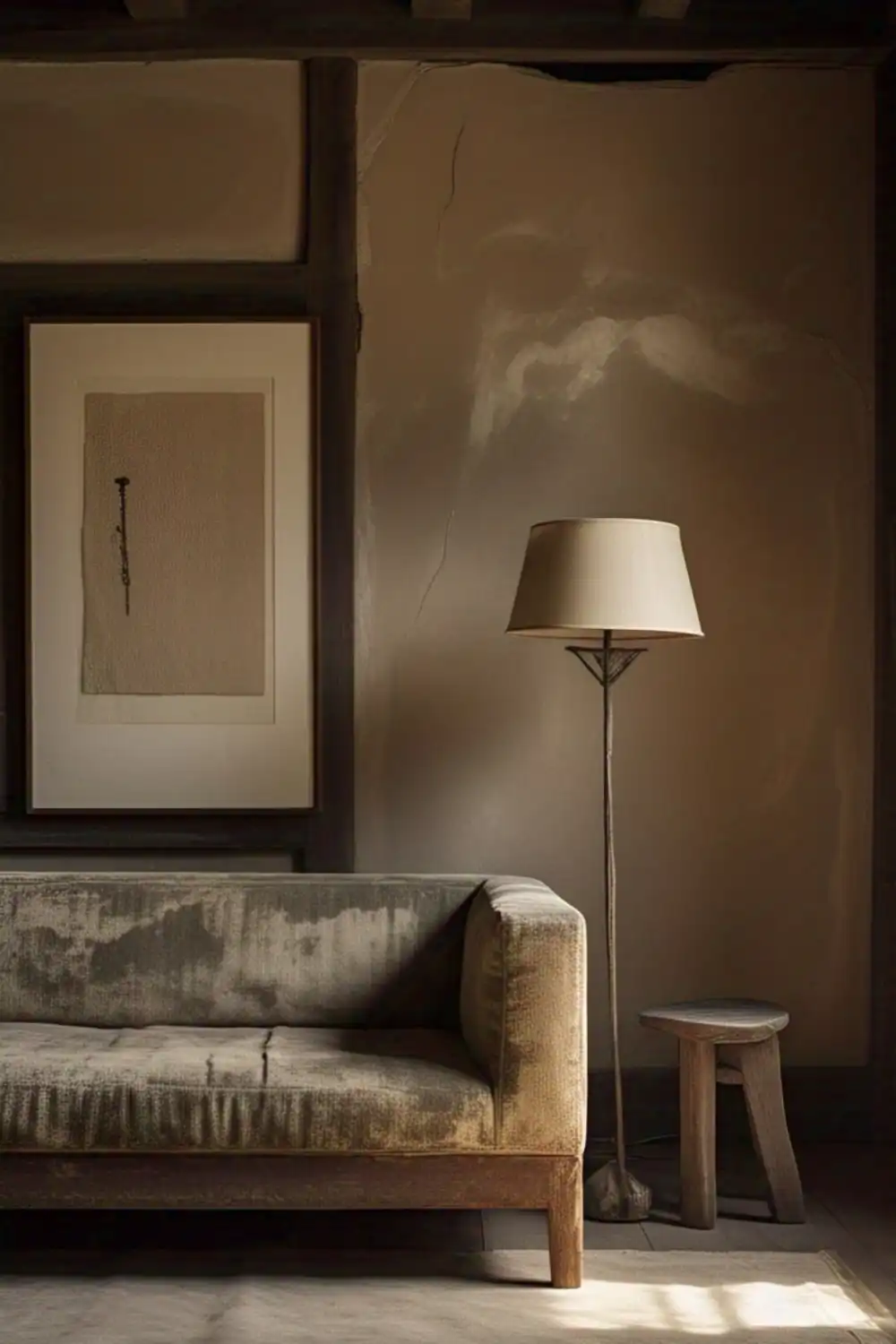
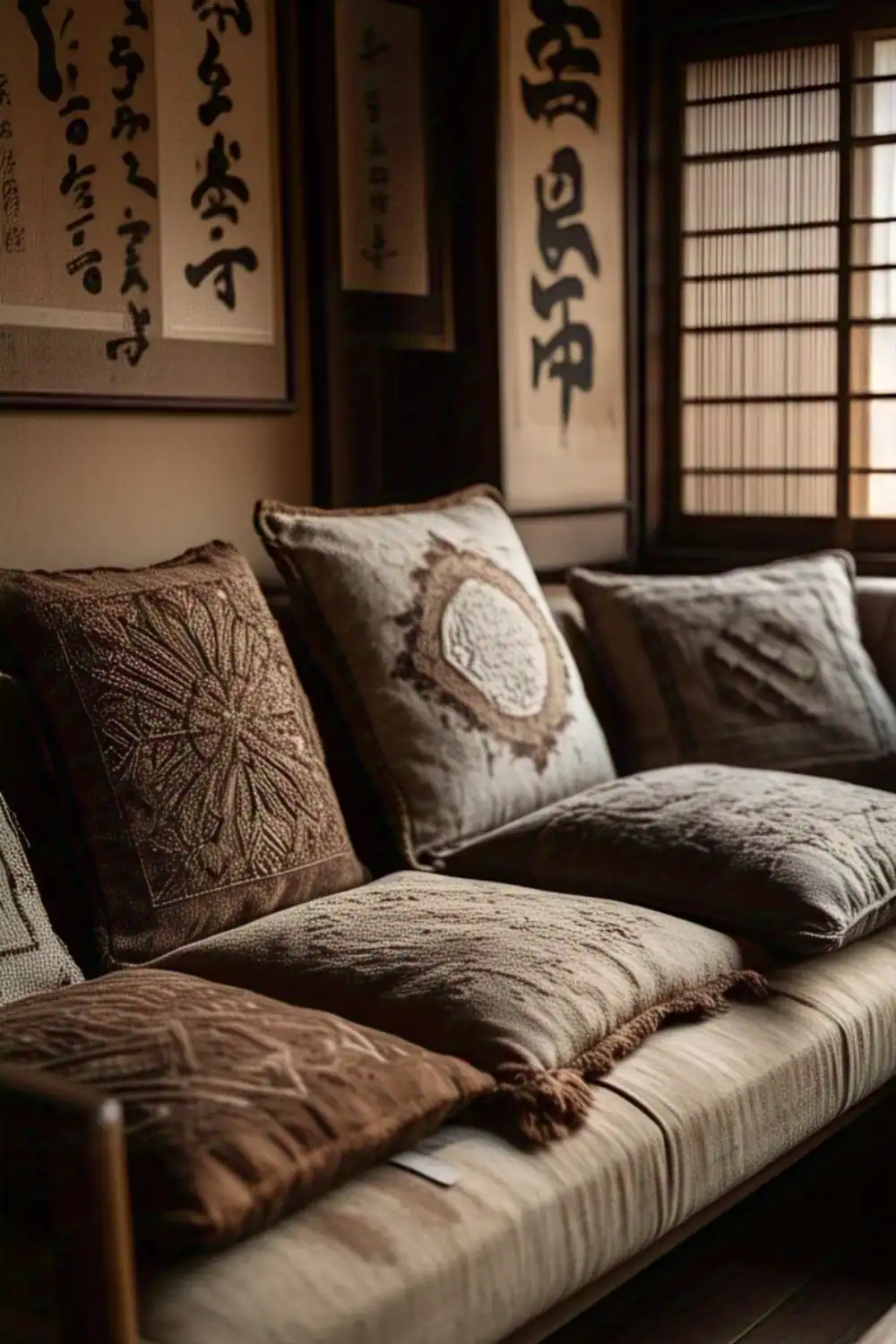


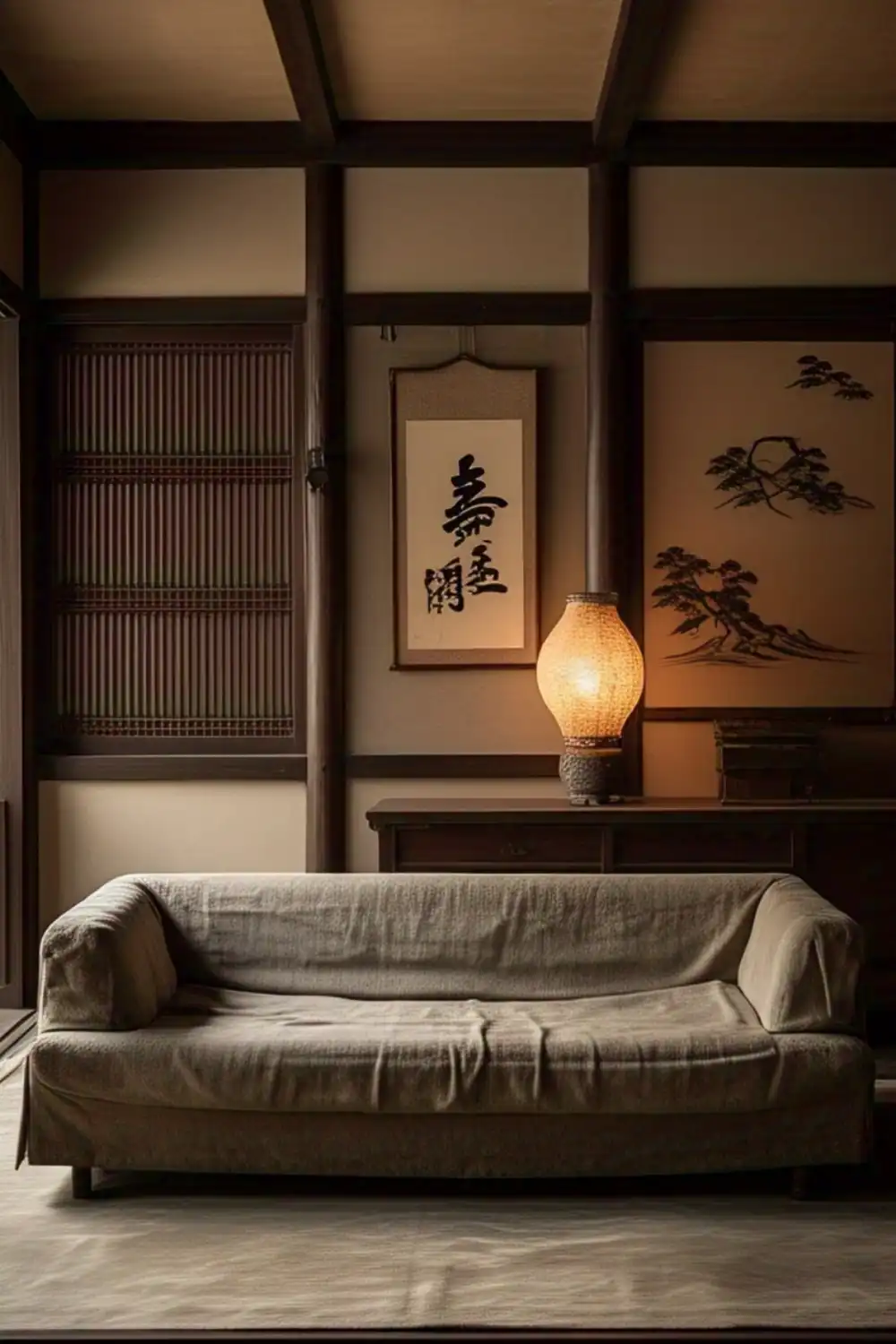


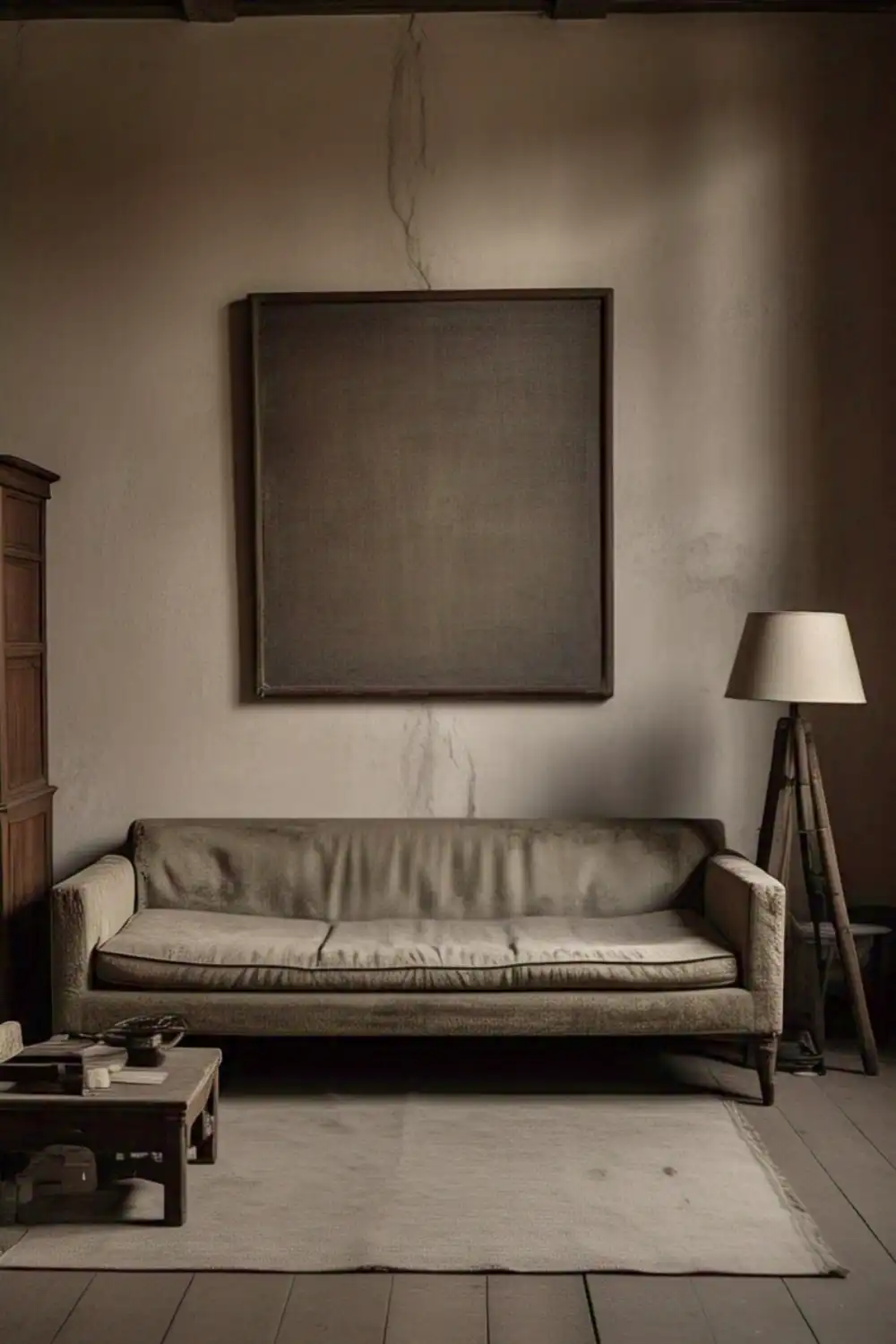
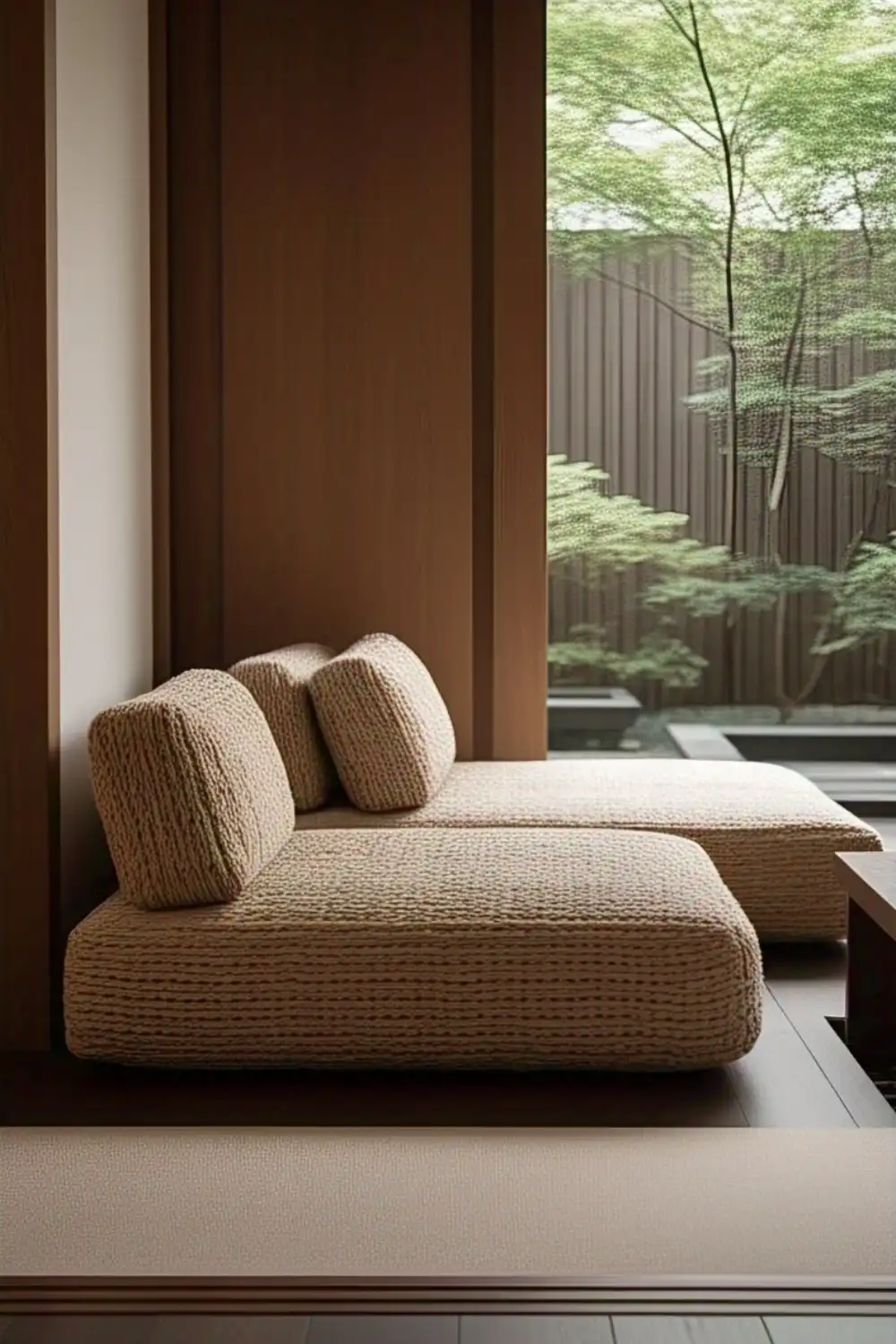

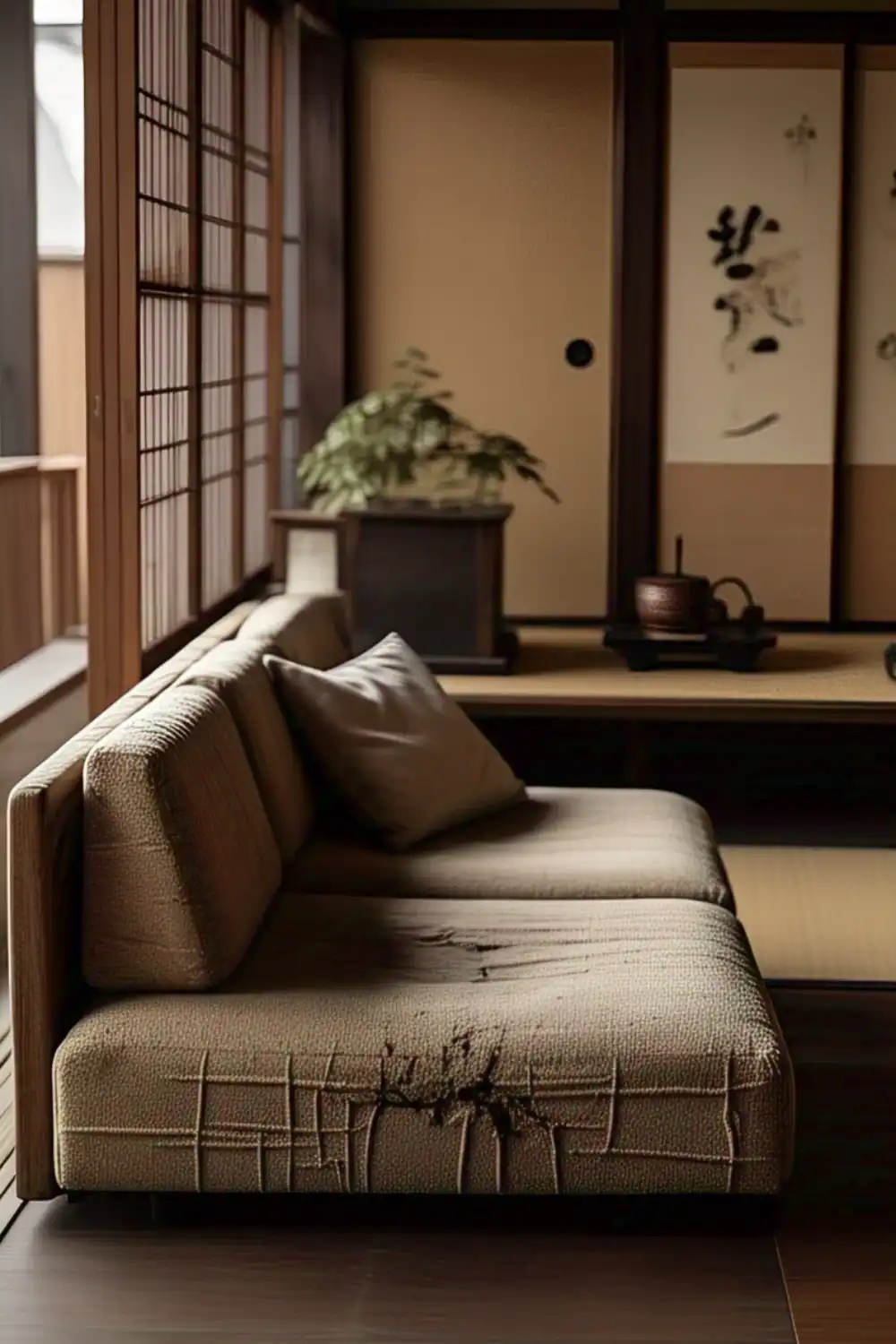
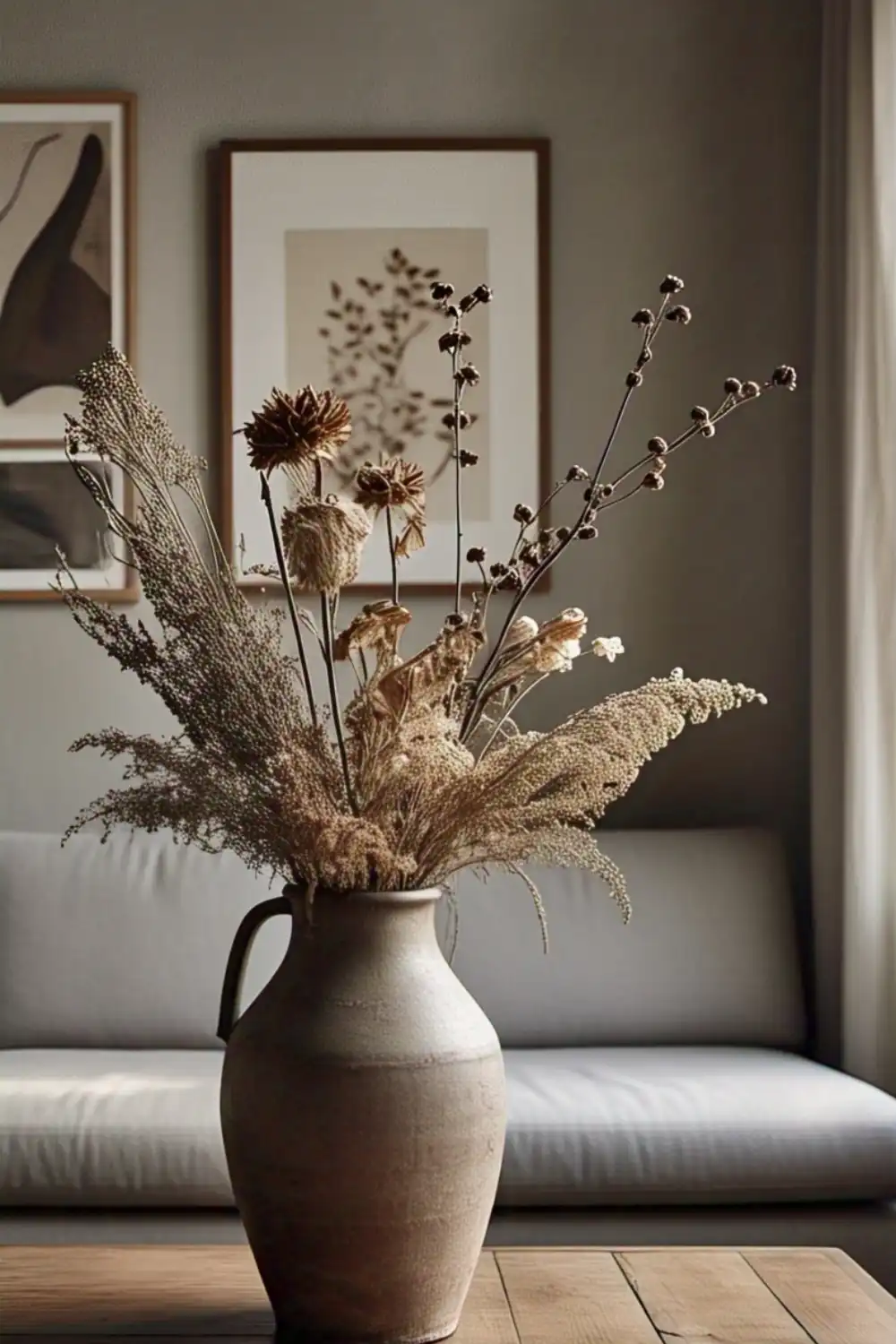
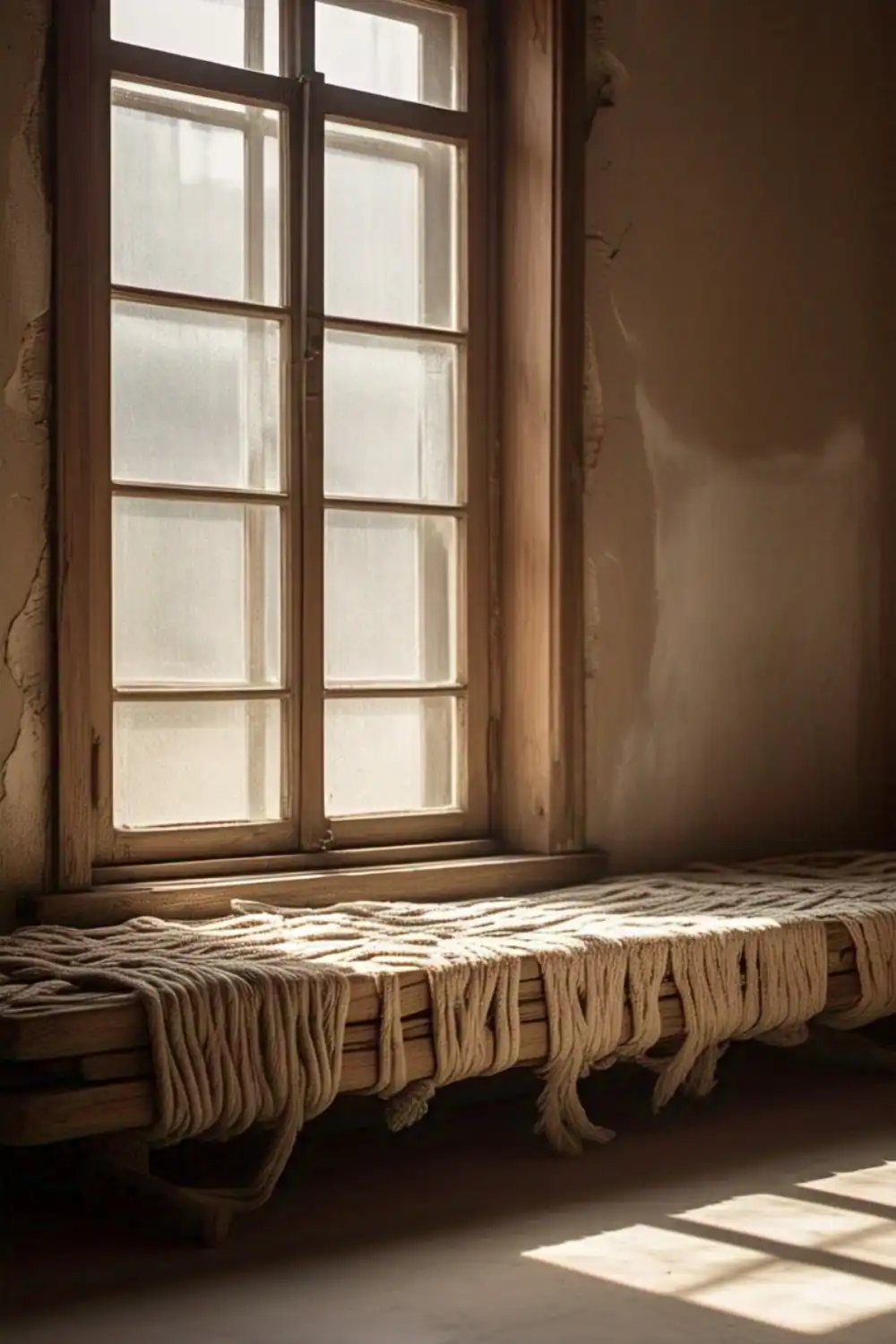
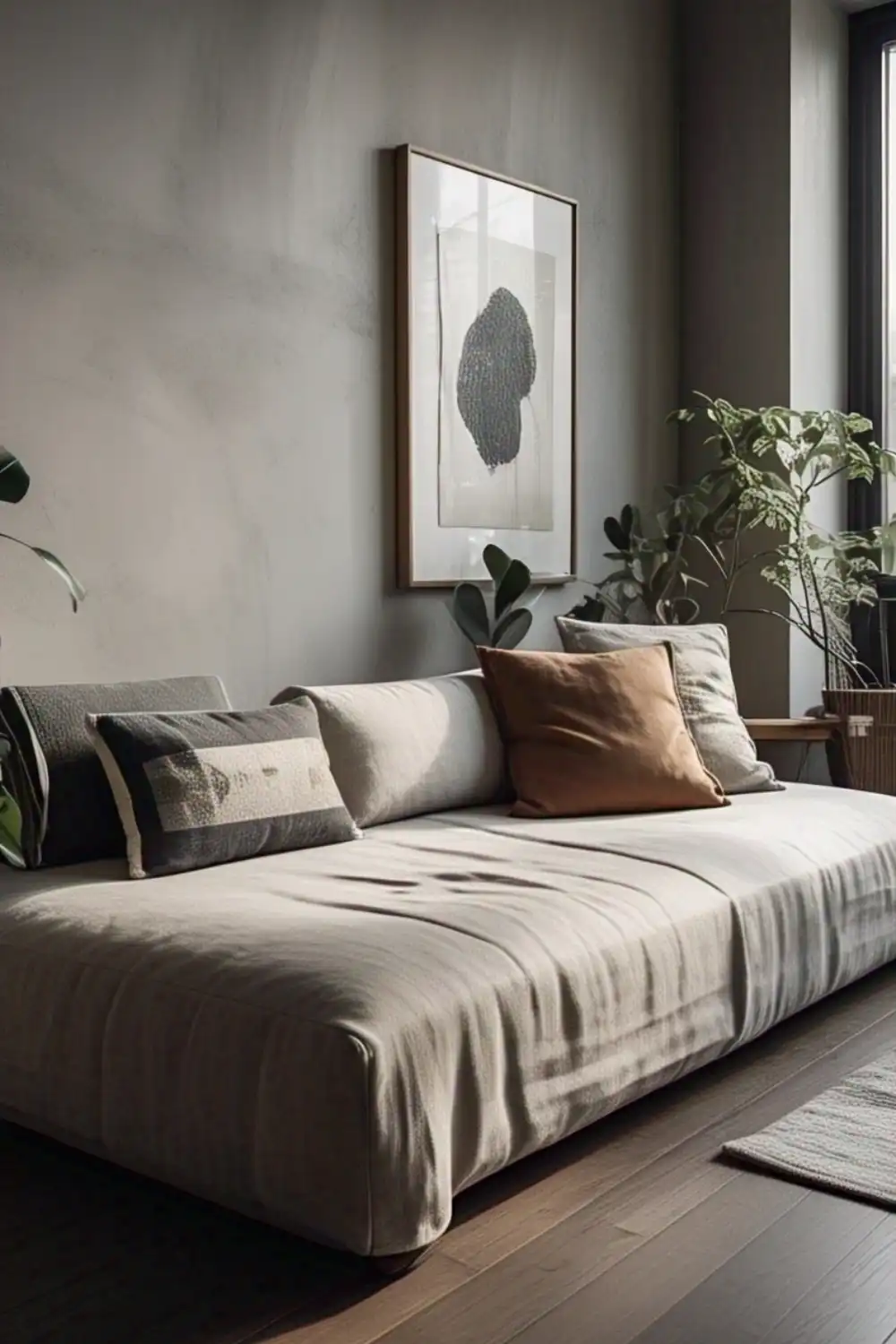
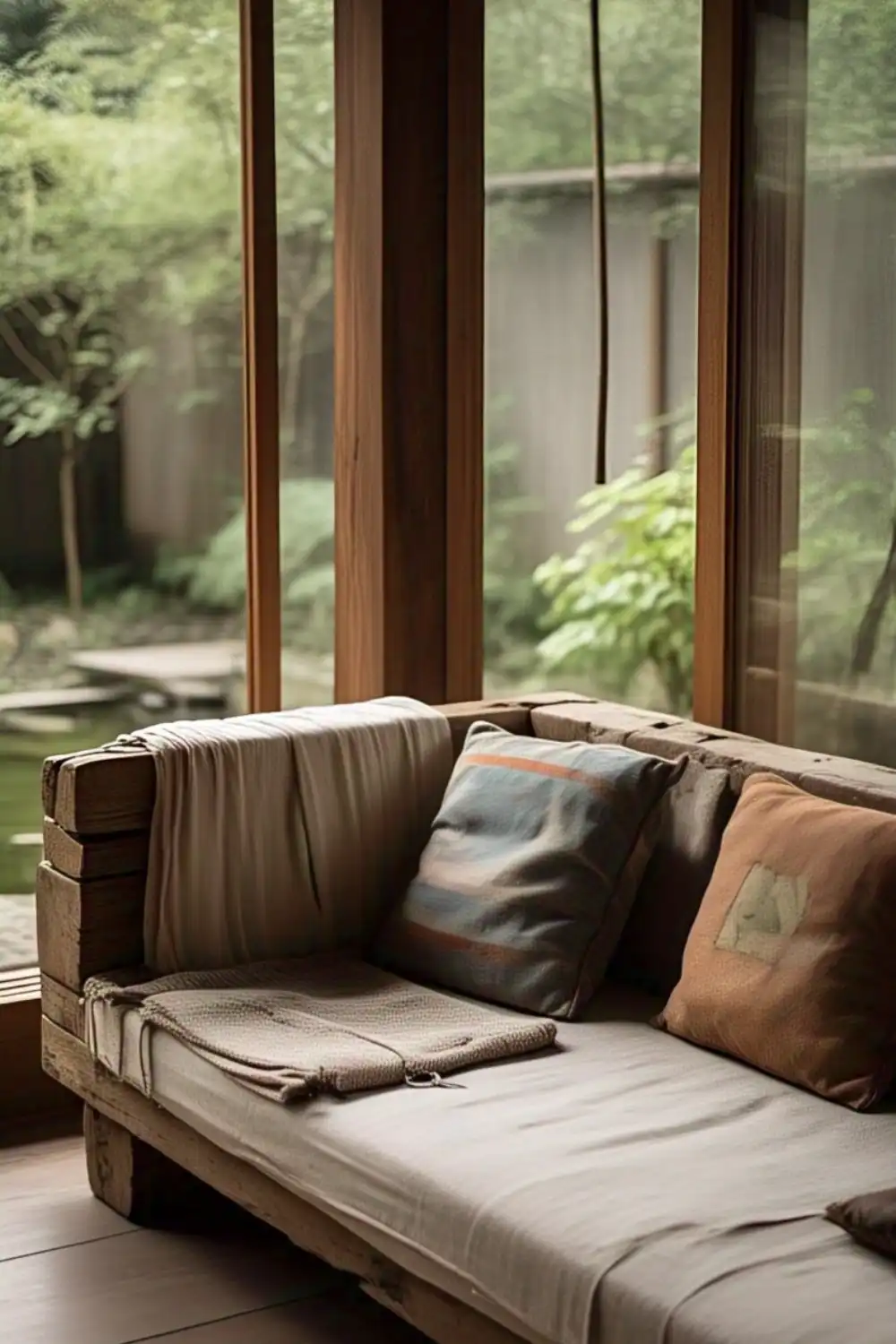
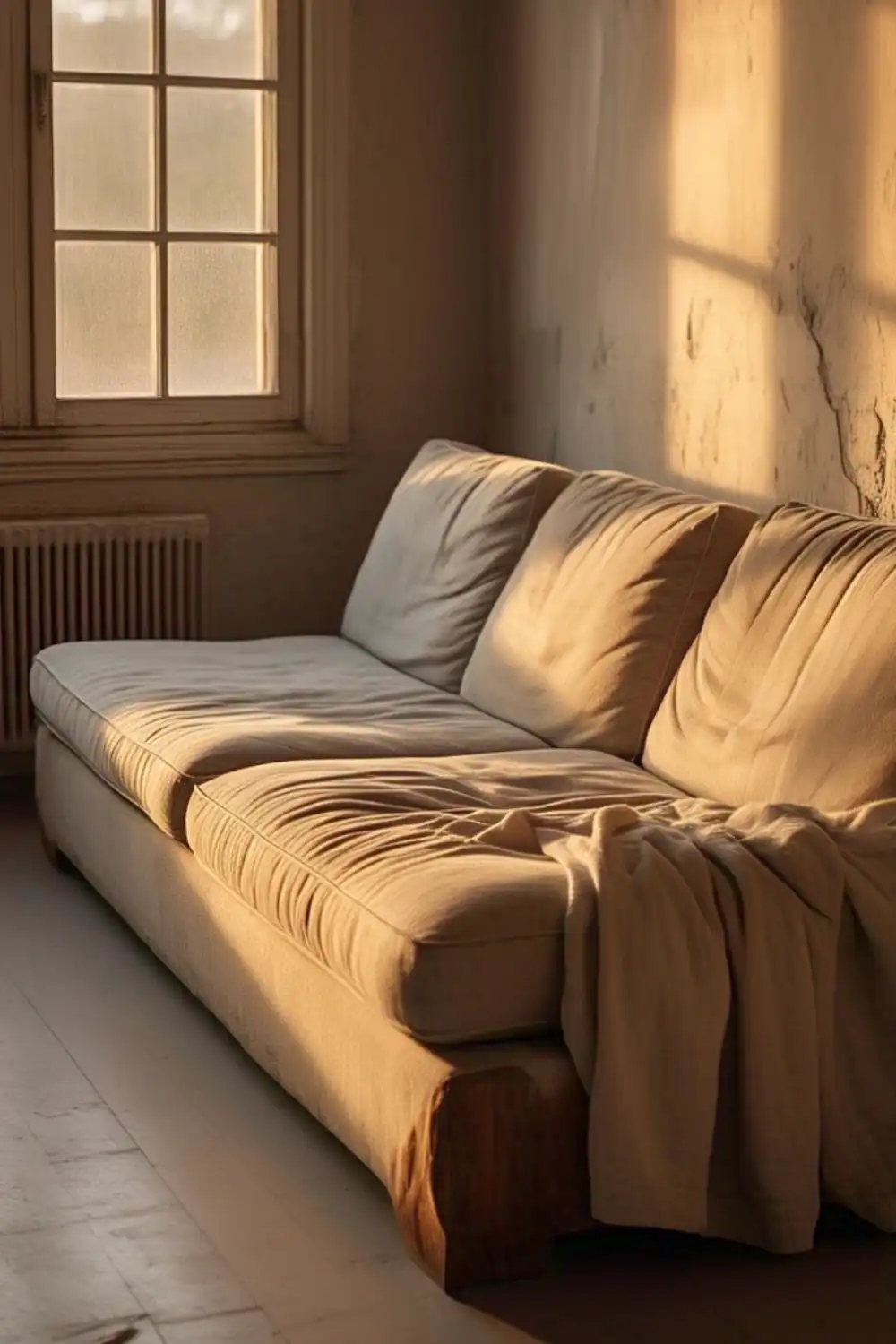

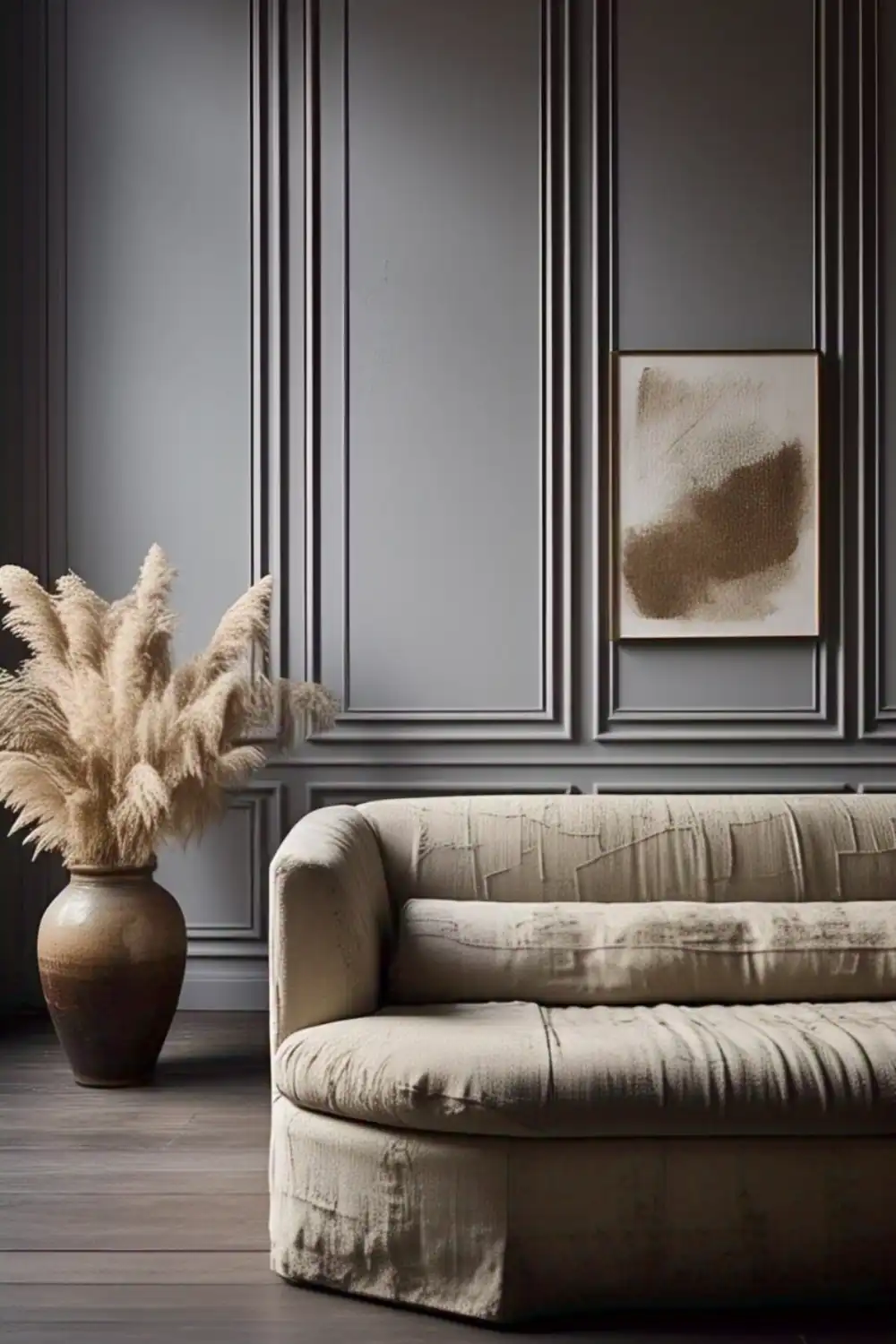
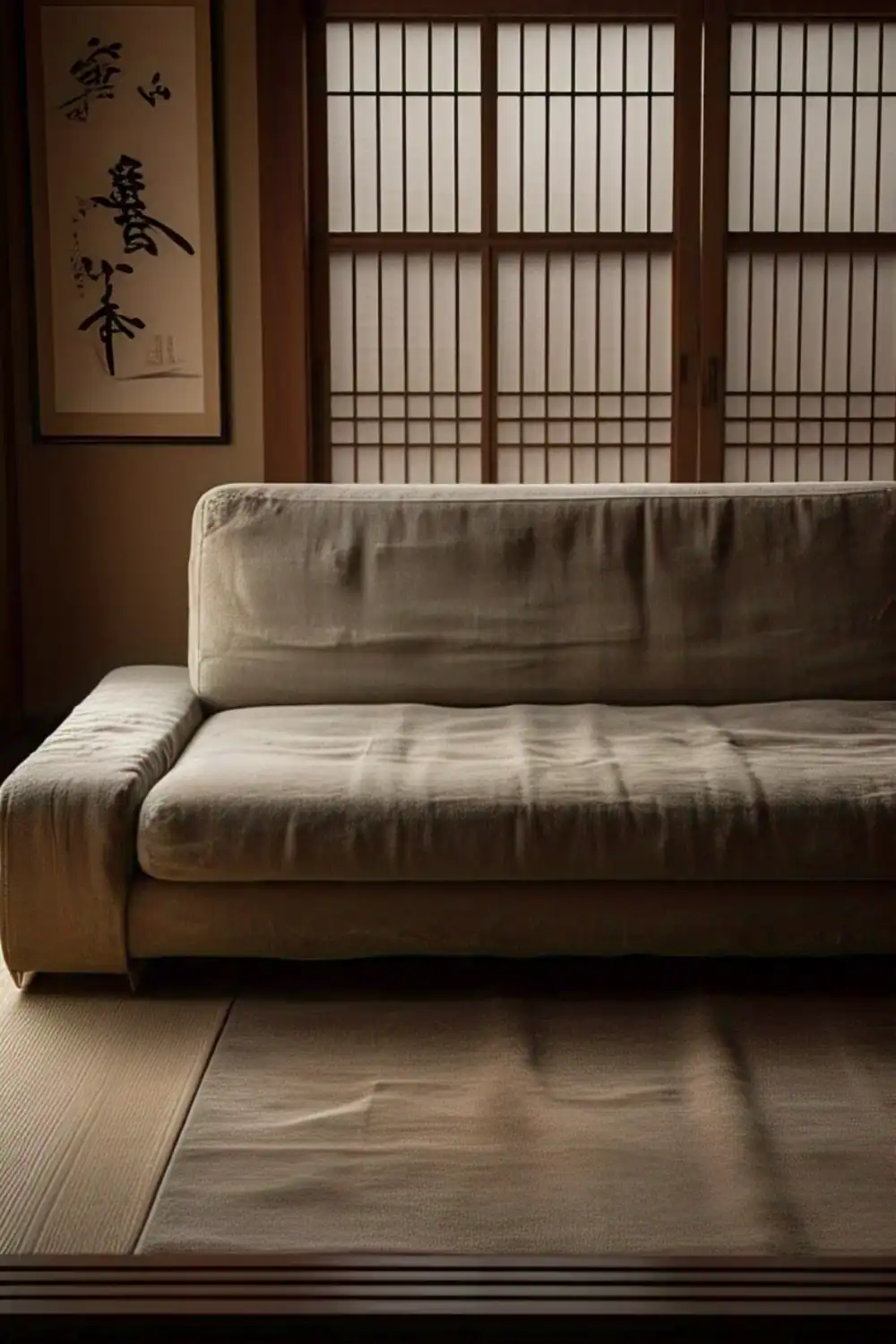
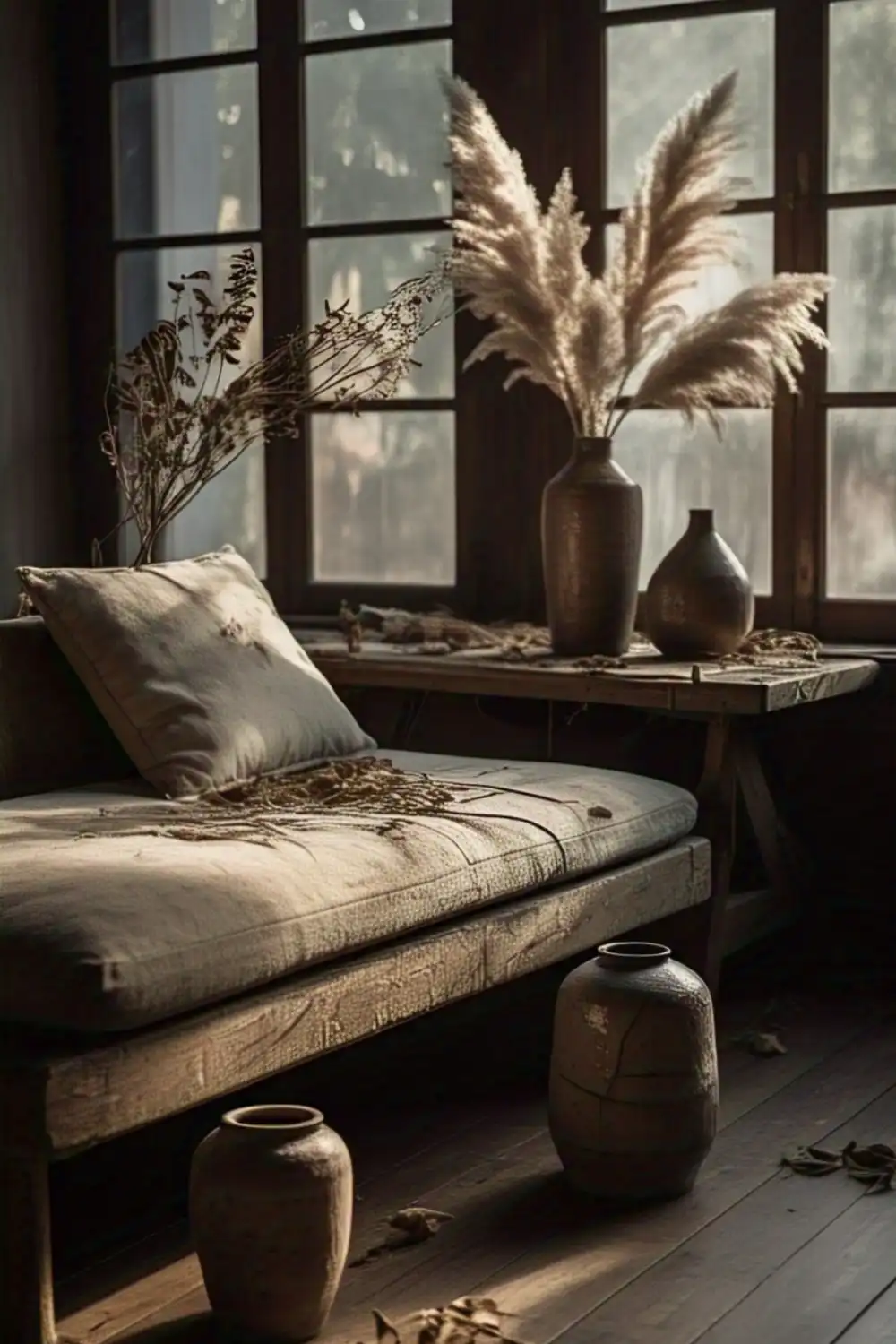
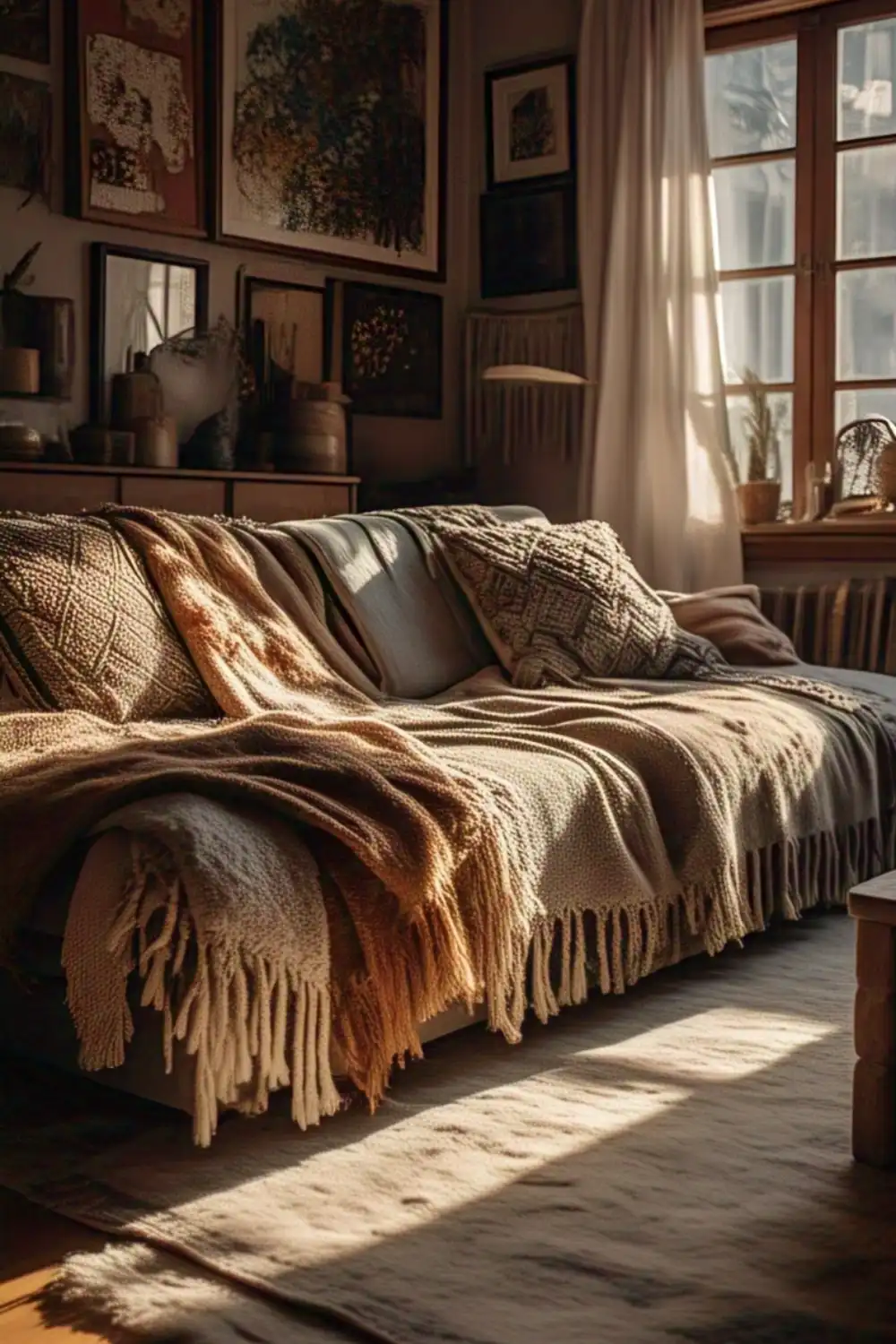

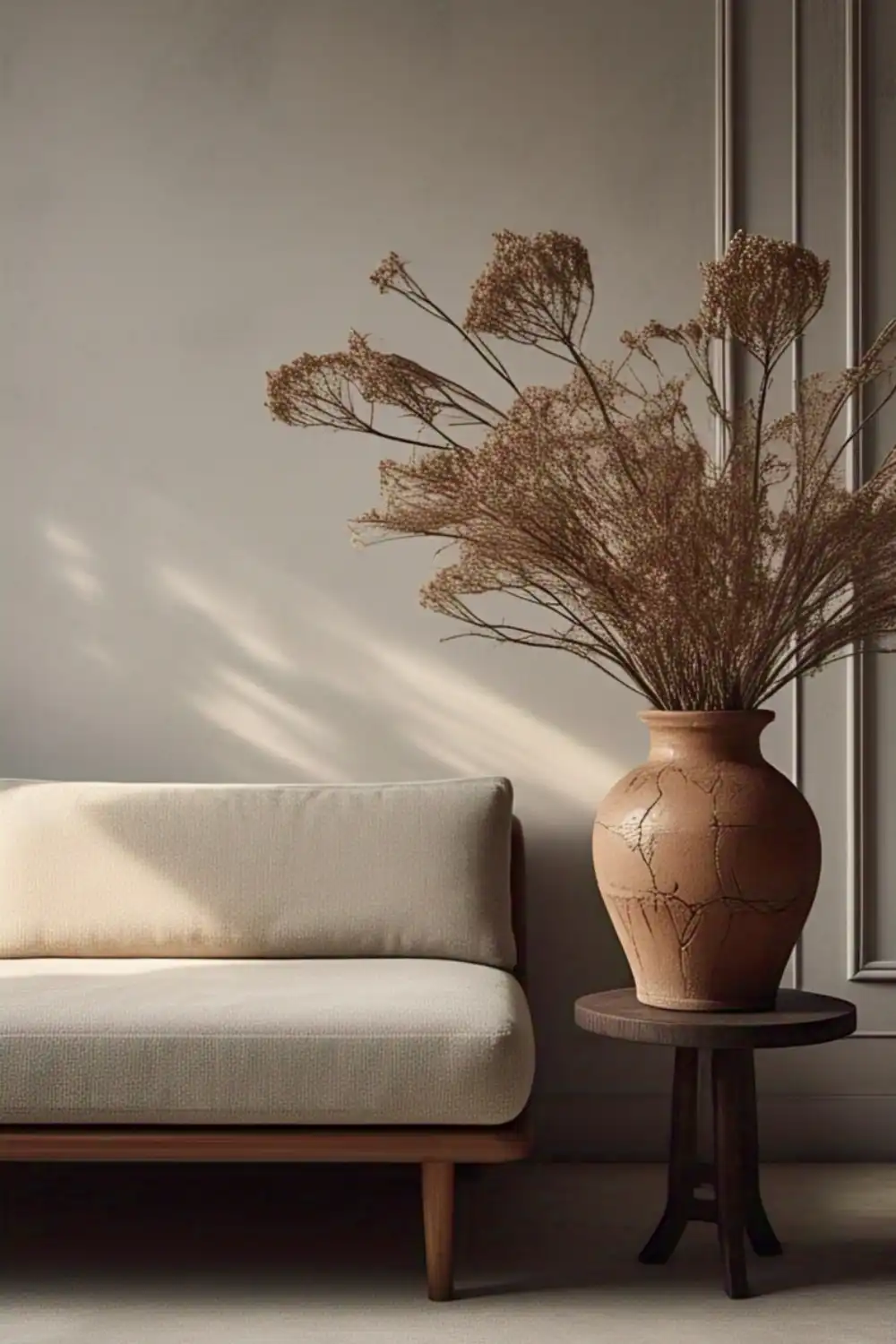

Understanding Wabi Sabi
Wabi Sabi isn’t a trend. It’s a mindset. Rooted in Zen Buddhism, it represents a profound appreciation for things that are simple, imperfect, and aged. In design, it means choosing natural materials, embracing flaws, and finding beauty in the understated.
Rather than trying to control or fix imperfections, Wabi Sabi allows us to live with them — to see a crack in a cushion or a faded fabric not as damage, but as personality.
This isn’t just about aesthetics. It’s about how you feel in your home. And your couch — the symbol of comfort — is the perfect place to begin.
Origins of Wabi Sabi
The concept of Wabi Sabi dates back to ancient Japan, emerging from the spiritual lens of Zen monks. Originally, “wabi” referred to a simple, rustic life lived close to nature. “Sabi” spoke to the beauty of age — the patina on an old teacup or the moss on a stone path.
Over time, the two ideas merged into a single worldview: appreciating things that are flawed, transient, and incomplete.
Today, Wabi Sabi continues to influence Japanese art, architecture, and interior design. And as modern society becomes overwhelmed with clutter and consumption, the Wabi Sabi way offers a return to presence, stillness, and meaning — starting with how we furnish our spaces.
Characteristics of Wabi Sabi
To identify or create a Wabi Sabi space — especially a Wabi Sabi couch — look for these core characteristics:
- Imperfection: Asymmetry, uneven stitching, or gently worn fabric are all welcome.
- Naturalness: Items should feel organic — untouched by machines or mass production.
- Simplicity: Less is more. Avoid excess fluff or overly complex shapes.
- Modesty: Wabi Sabi is subtle, not showy. It whispers instead of shouts.
- Timeworn beauty: Aged materials, faded colors, or visible aging create charm.
So, if your couch has scuffed wooden legs or slightly wrinkled linen cushions — don’t hide them. That’s Wabi Sabi speaking.
Materials and Textures
The tactile experience is essential in Wabi Sabi design. A Wabi Sabi couch should feel grounded — inviting you to slow down and sink into comfort. Here’s what to look for:
1. Natural Fabrics
- Linen: With its subtle wrinkles and breezy texture, linen screams relaxed elegance.
- Cotton: Soft, breathable, and versatile — especially in earthy tones.
- Wool: Perfect for cooler months, wool adds warmth and a rich texture.
2. Wooden Frames
Look for exposed wooden arms or legs, preferably untreated or with visible grain. Reclaimed wood is a bonus, bringing both character and sustainability.
3. Earthy Hues
Stick to a muted palette:
- Taupe
- Clay
- Soft charcoal
- Dusty rose
- Olive green
These colors ground the space and echo nature — another pillar of the Wabi Sabi ethos.
4. Handmade Touches
Hand-stitched cushions or artisan-made throws elevate the sense of authenticity. Uniformity is not the goal — variation is.
Design Elements
Designing with Wabi Sabi in mind means stepping away from the showroom look. Instead of sleek and symmetrical, aim for a relaxed, lived-in feel.
1. Shape & Silhouette
Go for low-profile sofas with rounded edges and organic forms. Avoid ultra-modern or sharply defined silhouettes.
2. Intentional Imperfection
Visible seams, slightly uneven stuffing, or mixed materials contribute to the charm. These aren’t flaws — they’re features.
3. Layering
Layer your couch with natural-fiber throws, handwoven pillows, or even a slightly faded quilt. Keep things cozy, but avoid overwhelming the eye.
Incorporating Wabi Sabi
Ready to welcome a Wabi Sabi couch into your space? Here’s how to bring the philosophy to life:
Start Small
You don’t have to redecorate your entire living room. Begin with the couch — and slowly build around it with intentional decor.
Embrace What You Have
Already have a well-loved sofa? Great! Rather than buying new, consider:
- Swapping out the cover for linen or cotton
- Sanding the wooden legs for a raw look
- Layering with handmade textiles
Let Go of “Perfect”
That sag in your cushion? It means someone sat there, perhaps during a heartfelt conversation or an afternoon nap. That’s a memory. Keep it.
Create Space
Wabi Sabi thrives in breathing room. Avoid clutter. Keep the area around your couch simple — maybe a wooden coffee table, a ceramic vase, and soft lighting.
Benefits of Wabi Sabi
Why choose Wabi Sabi for your home — and especially your couch? Because it’s more than just style. It’s a whole new way of experiencing your space.
1. Less Pressure, More Peace
When you stop chasing perfection, your home becomes less of a performance and more of a sanctuary.
2. Deeper Meaning
Each piece tells a story — your story. A threadbare cushion or sun-faded armrest holds history, not shame.
3. Sustainability
Choosing timeless, handmade, or second-hand pieces is not only soulful — it’s eco-friendly.
4. Mental Wellness
A Wabi Sabi couch encourages rest, reflection, and mindfulness. You’re not worried about keeping things flawless — you’re free to live.
Finding Your Wabi Sabi Couch
So where do you find the perfect imperfect couch?
1. Local Artisan Shops
Seek out local makers who use sustainable materials and handcraft their furniture. You’ll find uniqueness in every piece.
2. Vintage & Thrift Stores
Pre-loved couches are gold for Wabi Sabi. Look past the wear and tear — or rather, look for it.
3. Custom Upholstery
You can also breathe new life into an existing couch. Reupholster with natural fabric, remove synthetic layers, or replace parts with reclaimed materials.
4. Online Marketplaces
Websites like Etsy, Chairish, or even Facebook Marketplace offer hidden gems — especially when filtered through a Wabi Sabi lens.
In the end, a Wabi Sabi couch isn’t just a piece of furniture. It’s a gentle rebellion against fast design, against the pressure to impress, against the myth of flawless homes.
It invites you to sit down, exhale, and simply be.
No cushions fluffed? Fine. Stains from that Sunday coffee? Even better. Your couch is alive with presence, memory, and comfort.
Wabi Sabi isn’t just about how your couch looks — it’s about how your home feels.
So, the next time you’re tempted by a showroom-perfect sectional, remember: real life is imperfect. And that’s exactly where comfort lives.
